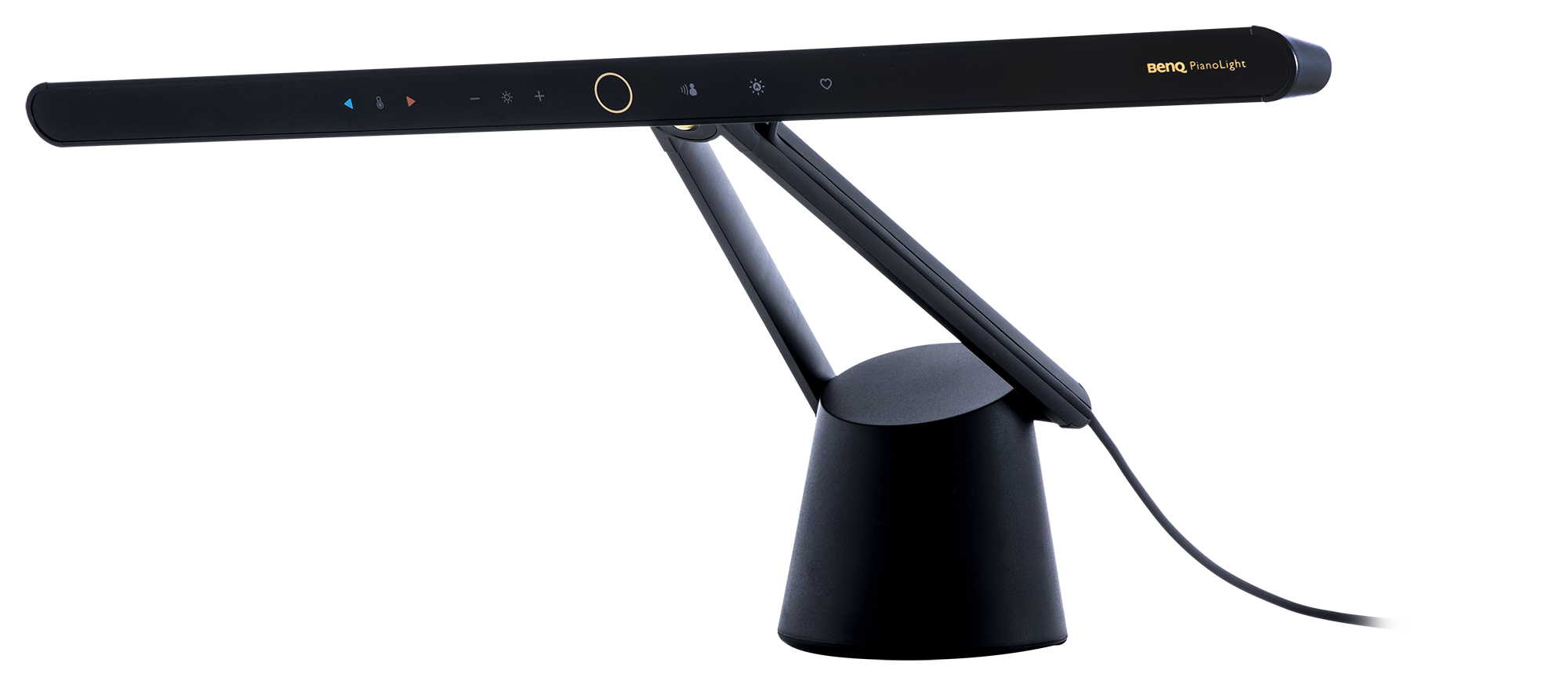Projector
Monitor
Lighting
Digital Display
Job References
This site uses cookies. By continuing to browse the site you are agreeing to our use of cookies, you can also manage preferences.
This site uses cookies. By continuing to browse the site you are agreeing to our use of cookies, you can also manage preferences.
Projector
Monitor
Lighting
Digital Display
Job References
Projector
Monitor
Lighting
Digital Display
Job References
Knowledge Center Support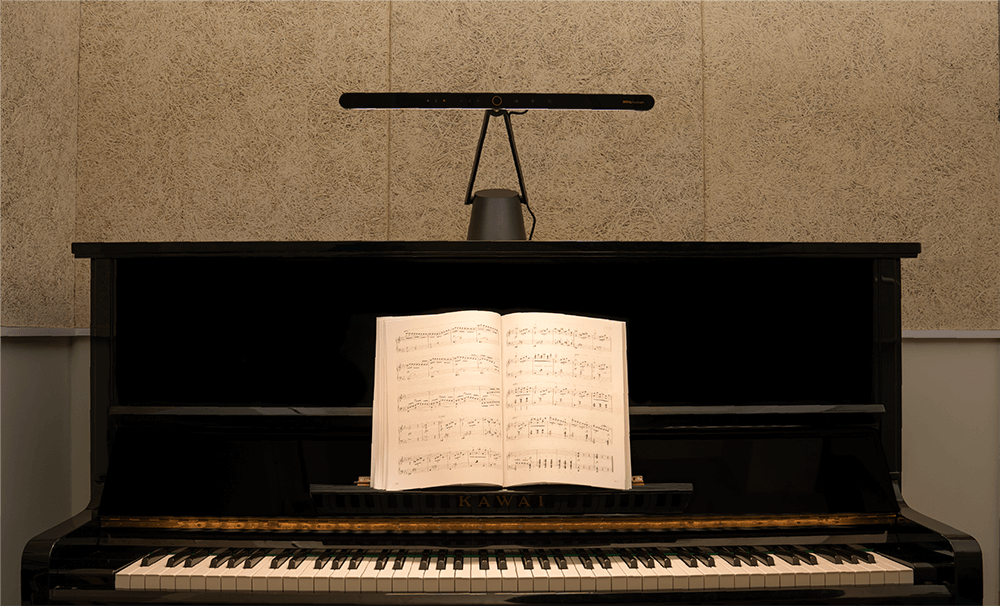
Bathed in the perfect light and beautiful notes, care your eyes and enjoy the rhythm in an easing environment.
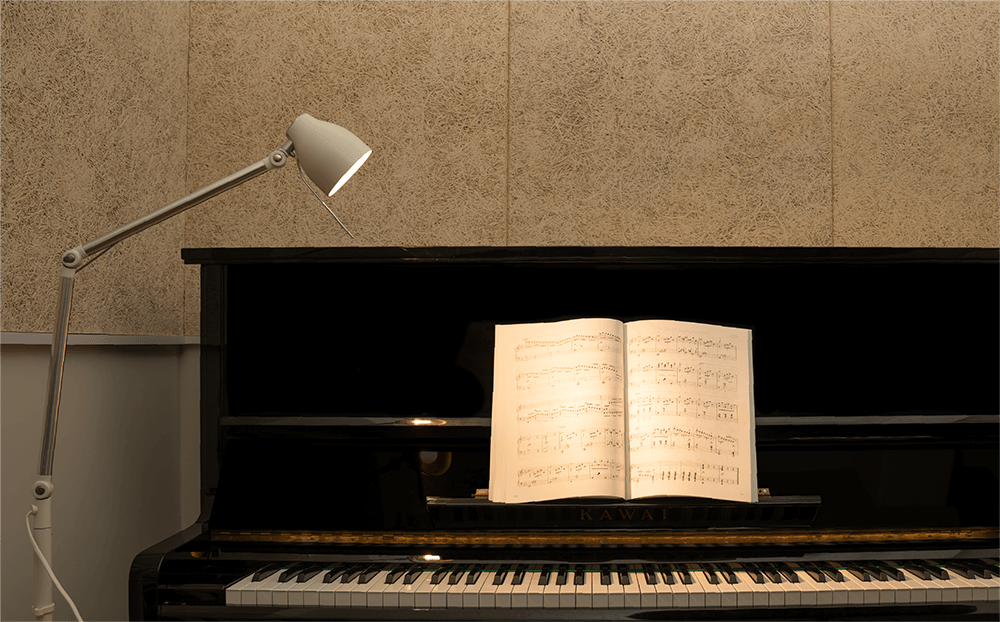
Uneven light on sheet music.
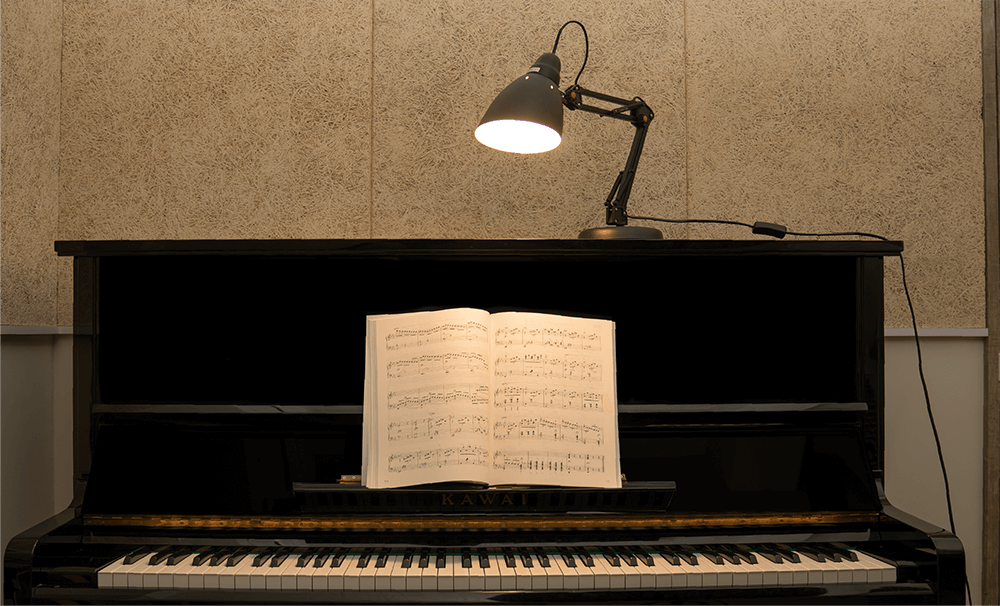
Direct glare from the light source.
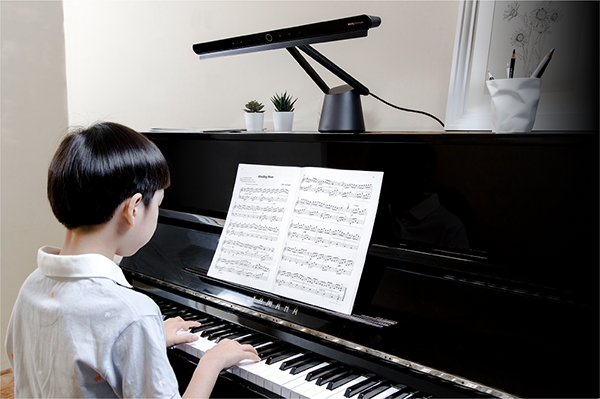
Just like you need a reading lamp to read, you need a piano lamp when playing the piano. Makes sense, correct? In any of the following situations, you should really consider adding a piano lamp to light up your piano sessions.

Compared with the LED PianoLight lamp, which is purpose-designed for piano players, a bog-standard desk or floor lamp is not suitable for piano use for the following reasons:
Sheet music is arranged vertically and only a piano lamp can properly illuminate sheet music with clarity.
A desk lamp placed on an upright piano can only illuminate the upper half of sheet music and leave the lower half hard to read. Designed to illuminate books laid horizontally on a table, desk lamps are not suitable for reading sheet music arranged vertically. Therefore, you need a lamp designed especially for illuminating a vertical plane.
Only a piano lamp provides a lighting range wide enough.
A floor lamp delivers illumination to a certain point and causes glare or reflection. Only a piano lamp can illuminate all 88 keys of an upright piano. According to the recommended light levels of the Illuminating Engineering Society (IES), the luminance ratio between current and adjacent working areas should not exceed 1:3 or 3:1.
The same principle can be applied when reading sheet music: brightness should not differ too much between sheet music and keys. If brightness differs too much between sheet music and surroundings, such as bright sheet music and dark surroundings (just like using a smartphone in the dark), eyestrain is likely to occur. Therefore, you need a piano lamp like the LED PianoLight to properly illuminate both sheet music and piano keys.
According to scientific research, warm yellow light (cooler than 3000 kelvin) is relaxing while bright white with high color temperatures keeps people focused, if a little on edge. Therefore, when practicing piano before a competition or performance, a piano lamp can be adjusted to bright white to improve efficiency. Or simply turn the lamp to romantic warm yellow when you want to create a relaxing atmosphere or hold a small concert in your living room. In the past, lamps only provided one color temperature, bright white or warm yellow, but modern piano lamps like the LED PianoLight allow you to adjust color temperature and brightness according to your mood or desired atmosphere. They can even automatically detect surroundings to complement ambient light.
To sum up, a good piano lamp should deliver uniform brightness to all four corners of sheet music as well as all piano keys. A piano lamp featuring color temperature adjustment based on different scenarios is even better!
And don’t forget, good piano lamps use low energy consumption, long life LED bulbs. You’ll essentially never need to replace the bulb and save money on your power bill while you at it. Now that’s brilliant, pun intended.
Thanks for your feedback!
